Hiking the literary heritage of Tolkien in the Swiss Alps

Looking out of my window at the Reichenbach Falls and the mountains above it comes with a small sense of triumph. I have hiked over them to reach Grindelwald on one hike and more recently Chaltenbrunnen, the reddish Hochmoor (or upland moor) at 1875m. The landscape is awe-inspiring here and, of course, more so as you venture up.
The literary heritage that the Swiss Alps have acquired is not really a surprise – beautiful landscapes produce beautiful art. And being such a bookish person, it’s probably also expected that as I learn more about the echoes of my surroundings in literature, I love the mountains here that little bit more.
Sir Arthur Conan Doyle was inspired by Meiringen, my home in Switzerland, when creating “The Final Problem”, the iconic story in which Sherlock and Moriarty plunge over the Reichenbach Falls.
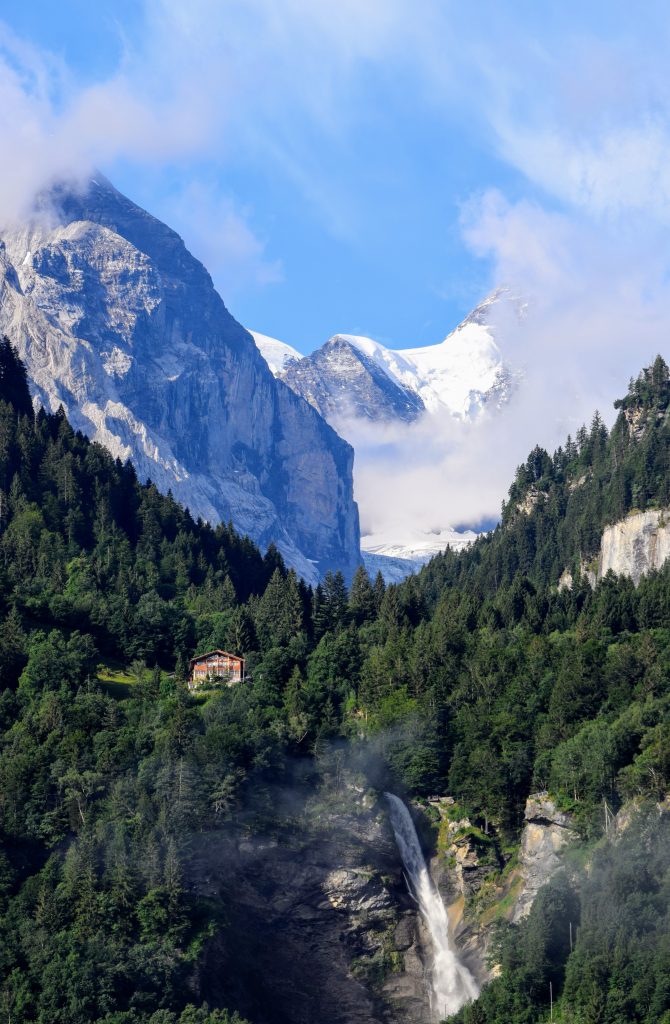
Tolstoy recorded in his diary his impressions of a walk from Montreux on the Lake Geneva shore to Meiringen in the spring of 1857 (more on that another day). And in 1911, J. R. R. Tolkien came to Switzerland, aged nineteen and about to start his first term at Oxford.
About Tolkien’s 1911 trip to Switzerland
One of the best explorations of this is Switzerland in Tolkien’s Middle-Earth by Martin S. Monsch. In a letter to his son, Tolkien wrote:
“We went on foot carrying great packs practically all the way from Interlaken, mainly by mountain paths, to Lauterbrunnen and so to Mürren and eventually to the head of the Lauterbrunnenthal in a wilderness of morains. We slept rough–the men-folk–often in hayloft or cowbyre, since we were walking by map and avoided roads and never booked, and after a meagre breakfast fed ourselves in the open…”
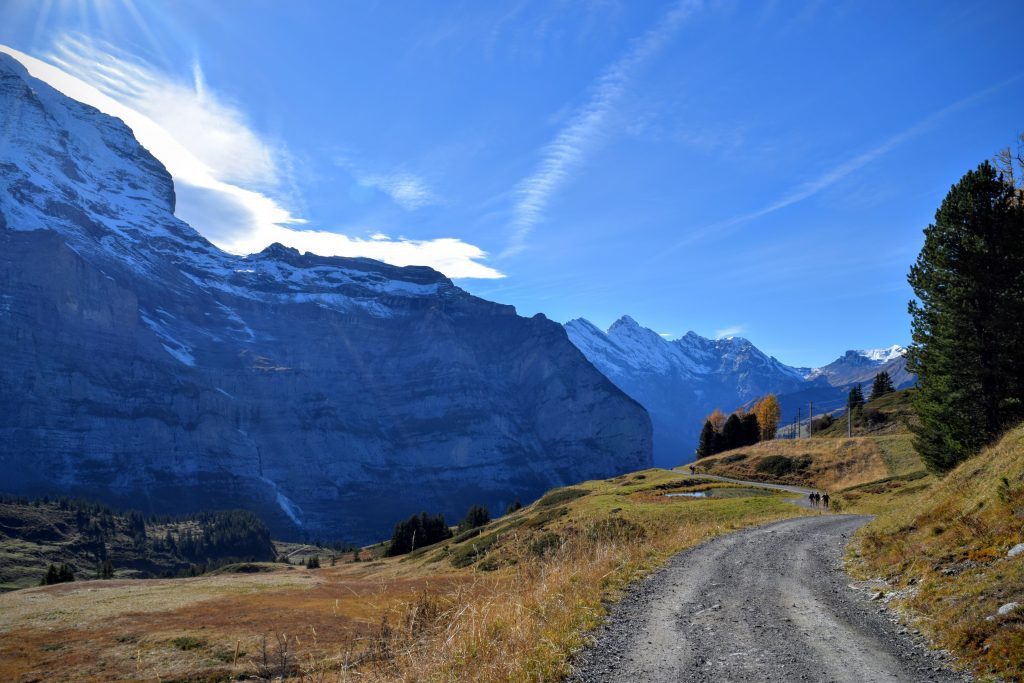
The group, which was about the same size as that in The Hobbit, then went northeast to Grindelwald and Meiringen, southeast through the Grimsel Pass, and then southwest by the Aletsch glacier in the direction of the Matterhorn, arriving finally at Sion in the Valais canton.
I took the opposite direction of Tolkien for only a portion of the way – from Meiringen to Grindelwald, then Grindelwald to Lauterbrunnen and Mürren – but still savoured the overlaps with Tolkien’s own adventure.
Like so many other travellers, Tolkien and I have both admired the Eiger, Mönch and Jungfrau. Tolkien is thought to have used these mountains as inspiration for The Misty Mountains in The Hobbit and The Lord of the Rings among other components of his legendarium.
Monsch also writes in Switzerland in Tolkien’s Middle -Earth, “It is considered certain that it was the Lauterbrunnen Valley [that inspired Rivendell, home of the Elves]: the deep valley of seventy-two waterfalls, which shows itself in its greatest splendor after a heavy rain when the sky clears up, the waterfalls tumble over the rock faces on all sides, and when the Jungfrau (mountain; meaning ‘virgin’ or ‘maiden’) glistens high above the valley in her eternal white.”
It makes sense: the landscape here is utterly sublime. After living in Switzerland for years, you still feel awe-struck. Even the name, Lauterbrunnen is magnificent, which Monsch explains likely means “Clearwater” or “Clearspring”, the word coming from the Old High German word hlūttar, lūtar meaning ‘bright,’ ‘clear,’ or ‘pure’.
If you know Lauterbrunnen and read this section of The Fellowship of the Ring, the similarities are uncanny:
“Shadows had fallen in the valley below, but there was still a light on the faces of the mountains far above. The air was warm. The sound of running and falling water was loud, and the evening air was filled with a faint scent of trees and flowers, as if summer still lingered in Elronds gardens.”
The Fellowship of the Ring, Book 2, chap I.
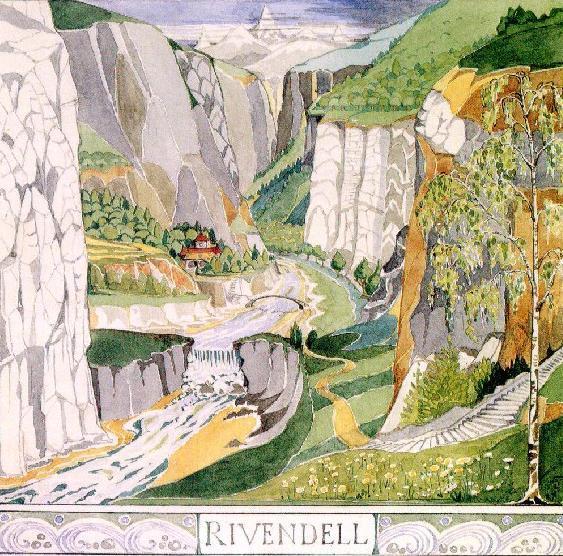
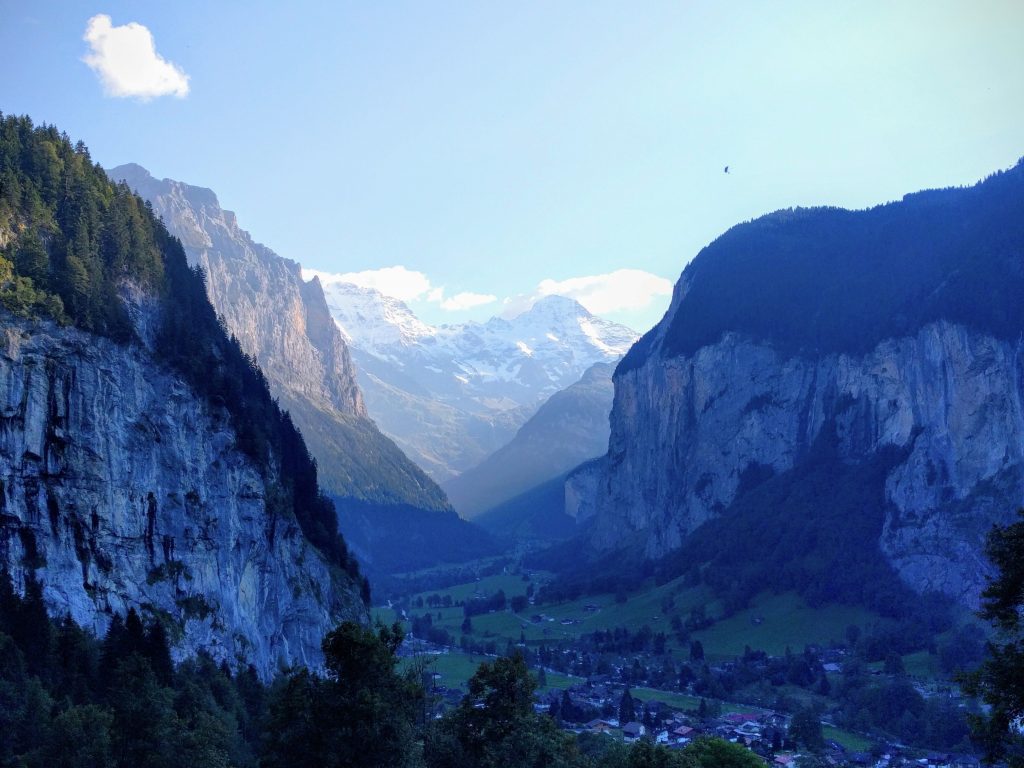
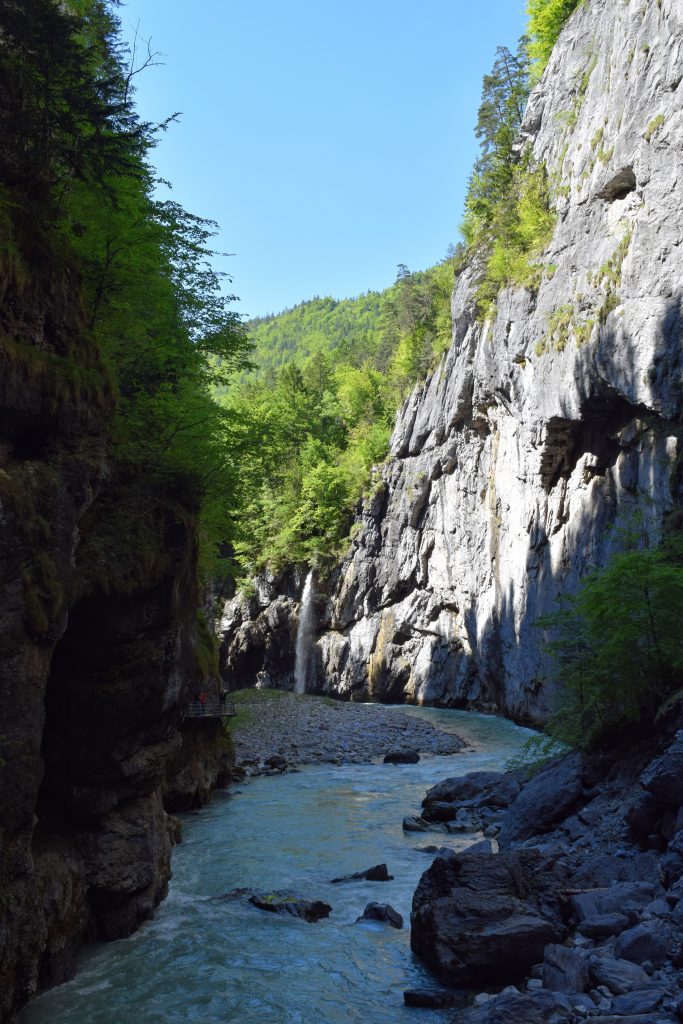
– – – – –
Being here in Switzerland’s Bernese Oberland is in itself rejuvenating. I love the peace, the mountains, and the life I’ve cultivated for this stage of my early twenties. But thinking about the inspiration that Tolkien found here in the Alps also reminds me to set aside time for writing.
Of course, it’s not that I want to follow in Tolkien’s literary footsteps. It’s rather so I can document my experiences and create something out of them. It doesn’t have to change the world, it just needs to be written.
Enjoy more from me
- Retreat into my new book, Your Life in Bloom: Finding Your Path and Your Courage, Grounded in the Wisdom of Nature.
- I'm also the author of Mountain Song: A Journey to Finding Quiet in the Swiss Alps, a book about my time living alone by the mountains.
- If you love books, are feeling a little lost right now, and would love some gentle comfort and guidance, join The Sanctuary, my seven-day course to rebalance your life.

